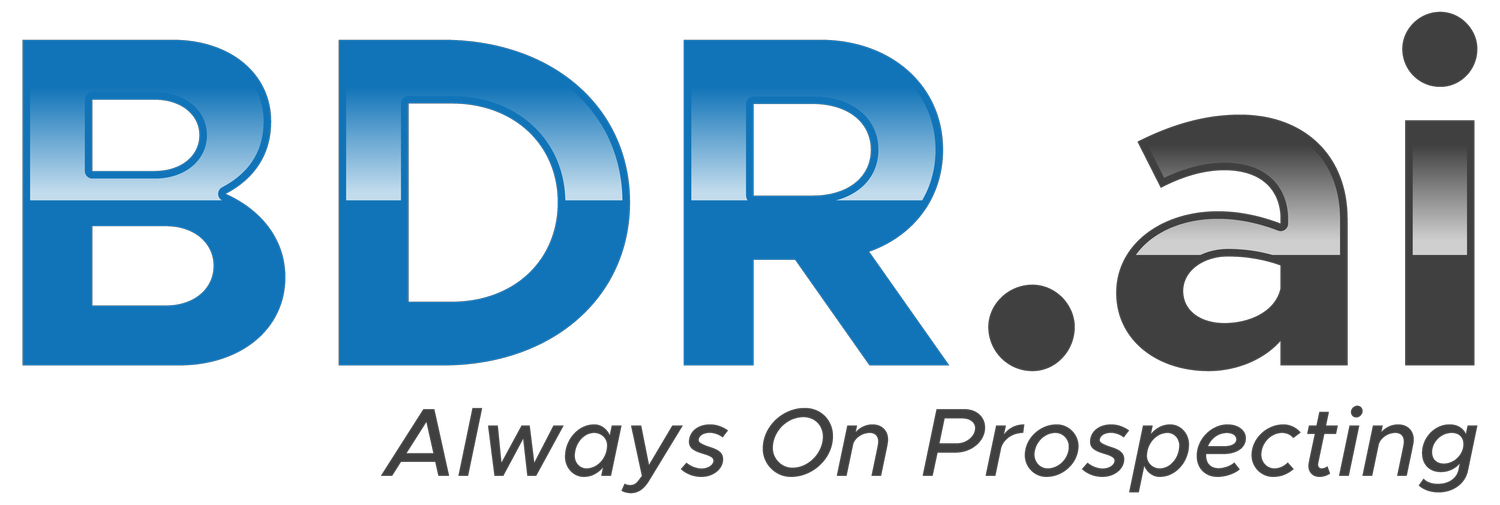Exploring the Process of Lead Generation for Better B2B Sales
Generating leads starts with how your potential audience discovers you. There are two main types of channels: inbound and outbound.
Inbound marketing brings leads to the company through sources like social media, online ads, or search engines. These leads usually convert faster.
Outbound marketing generates leads through cold calls, emails, or social media outreach. These leads need more nurturing and have longer sales cycles.
Generating B2B leads can be puzzling, but we have simplified the process into three steps.
How Does the Lead Generation Process Work?
Step 1: Define Your Perfect Customer
First, identify your ideal customer by creating a buyer persona. Determine their industry, job title, preferred sources of information, and main concerns that your product or service can address. It will guide you in locating the right prospects to connect with.
Here are a few factors to consider to capture the most effective buyer person:
Company details like size, location, and organizational structure
Job title and authority in decision-making
Goals of the prospect
Challenges or pain points they experience
Obstacles preventing business transactions
Criteria they consider when making a purchase
Creating multiple personas is often necessary if your products or services cater to different types of buyers. Once you identify your ideal buyers, tailor your content to each persona to ensure it resonates effectively.
Step 2. Select the Strategy
After defining your ideal customer, the next step is finding real-life counterparts. In B2B sales leads, there's no one-size-fits-all solution. Instead, you can choose from various tools and strategies, like a trusted lead generation company, to attract your perfect customer.
Options include AI application, SEO, and content marketing, using paid advertising, making cold calls and sending emails, building communities, or leveraging social media. Landing page builders can be helpful for quickly creating website pages to capture leads and seamlessly transfer their information into your CRM.
Step 3: Assessing and Identifying Potential Leads
When engaging with leads, assessing their likelihood of purchasing is crucial. It involves understanding in which stage of the buying process they are- awareness, consideration, or decision.
In the awareness stage, leads recognize they have a problem needing a solution. They might be reading blogs, downloading white papers, or conducting web searches, possibly encountering your brand for the first time.
During the consideration phase, leads clearly understand their problem and potential solutions. They're evaluating different products or services but aren't ready to buy yet.
In the decision phase, leads have conducted extensive research and are close to buying. They may be meeting with vendors, scheduling demos, or consulting decision-makers within their organization.
Tailoring your approach based on the lead's stage is crucial. For instance, targeted content like social media campaigns or blog posts is effective for leads in the awareness stage, whereas product demos or free trials work better for those nearing a decision.
Wrapping Up!
If you need more details to explore the process or get our assistance for higher B2B sales, contact us or comment below! We’ll get back to you soon!

